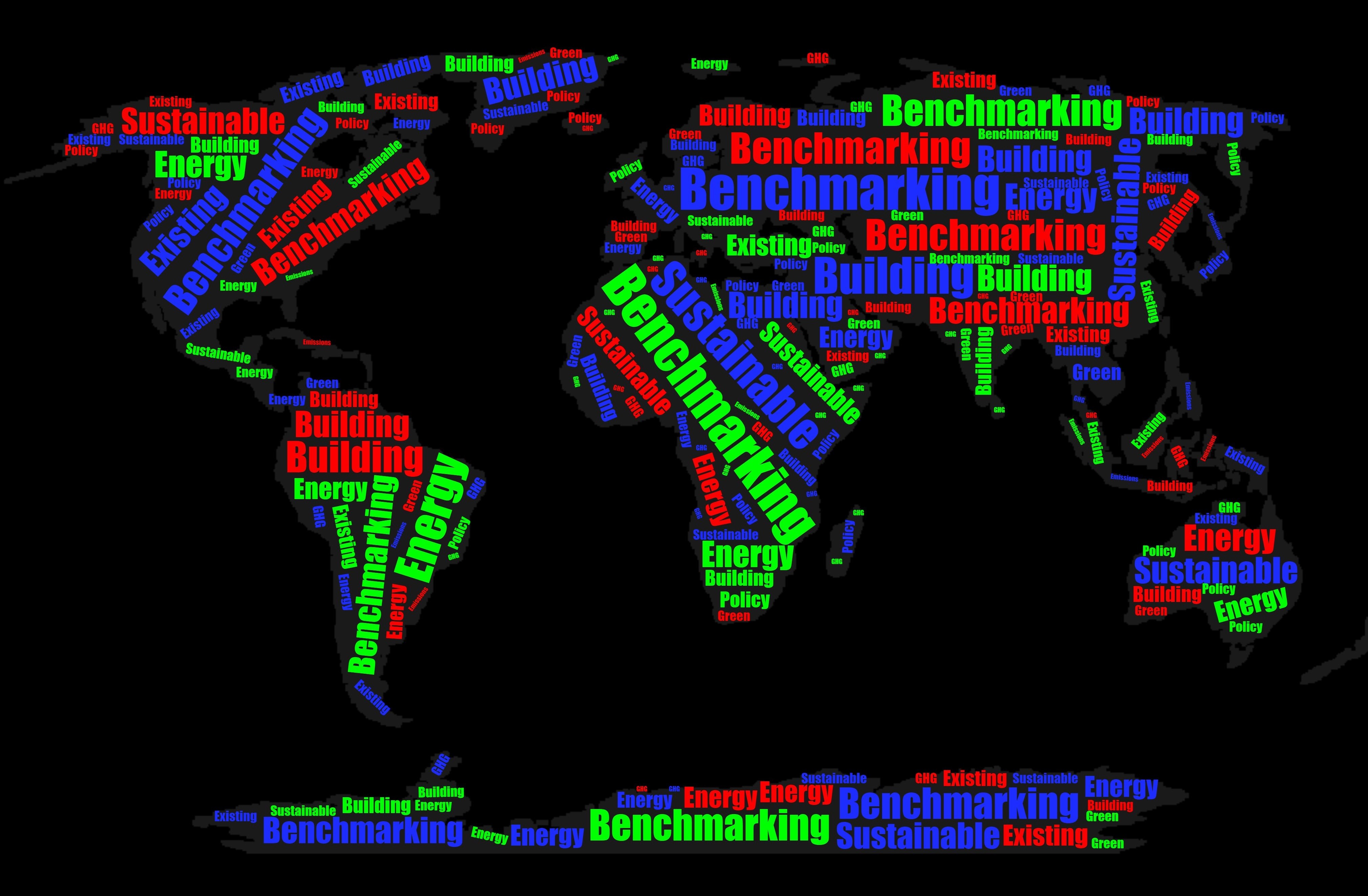Earth Hour 2021
Earth Hour

March 28, 2021, 5:33 am
‘Earth Hour is a chance to take action to protect our planet, not just for an hour, but every day,’ says organiser WWF – the world’s leading independent conservation organisation. As lights are off for one hour in cities and towns around the world, the aim of this annual global initiative is for governments, businesses, and individuals to make a call for action on climate change.
To ensure the change is real, lasting, and of a magnitude great enough to stop global temperatures from rising even more, requires a fundamental and rapid change in the way we all live and work. Every one of us must change the way we think about our lives and how we produce and consume: in our offices, factories, transport and energy systems, and cities.
For companies, it is not difficult to go beyond Earth Hour and change their behavior towards a sustainable planet by making small changes. If we think of energy as being the life support system of buildings, smart technology should be considered the brain. The proper use of digital tools and insights from data can make energy consumption, energy loss and energy waste visible and actionable. We can cut our energy bills and further our fight against climate change.
First, lighting accounts for about 20 to 30% of electricity consumption, which makes it a good place to start on energy saving. The easiest way to save energy on lighting is to stop wasting. An example would be installing occupancy sensors to eliminate electricity wastage for areas like storage rooms and corridors. Occupancy sensors can be used for electricity control by detecting movement within a space. If no motion is detected for a period of time that you have set, it is assumed that the space is empty. The occupancy sensors will then turn off the lights automatically.
Second, look at your heating/cooling systems. Do they need to be on all the time? Most likely not, but in busy workplaces that are filled with people who usually don’t have the time or bandwidth to monitor these systems round the clock. This is one area where energy management software can help. A centralised platform can collate and summarise all this information, and display it on a dashboard. The occupier can then see quickly and clearly what is using the most energy and where the greatest efficiencies can be found.
Smart tech gives us a better overview of our consumption habits, but the burden of action is still on us. Tech provides the insight, but we make the necessary decisions.
Smarter and more informed energy usage is crucial, but a larger issue is lurking beneath the surface. Most building stock is not energy efficient. It’s estimated that 80% of the buildings that will exist in 2050 have already been built and are standing today. We won’t be able to make a reduction in emissions until we improve the underlying building stock. This can be achieved sustainably and cost-effectively through retrofitting.
A retrofit can take various forms – it’s about augmenting what already exists, extending the lifetime of old systems and enhancing their capabilities. The practice of digital retrofitting is much cheaper and can be done more effectively than ripping out and replacing old systems wholesale – while achieving very similar efficiency benefits.
Now imagine how much more we could achieve if we complement our ultra-efficient buildings with electric vehicle fleets. An EV battery can store power not only for just one car but, while a car is not in use, also for the surrounding community thanks to smart-charging infrastructures. EVs offer significant potential for reducing pollution, improving the environment, and also creating new industries. The electric vehicle sector isn’t just greener, it’s more high-tech than the alternative, and it will drive economic growth too.
We all have the power to make a difference, thanks to modern smart technologies. This isn’t just a matter of convenience or lower energy bills. It’s also about helping to heal the impact of humans on the planet, by giving people the power to achieve sustainability every day.
By Alex Malouf, Corporate Communications Director MEA at Schneider Electric










